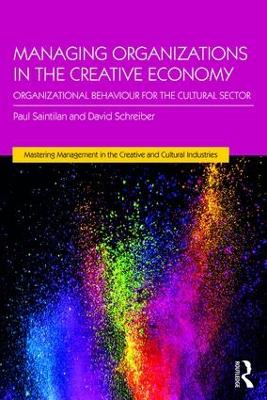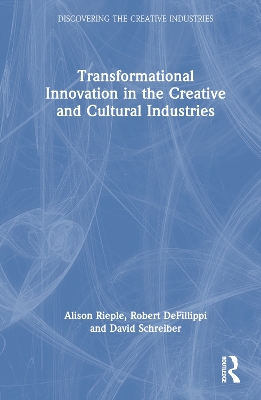Discovering the Creative Industries
2 total works
Managing Organizations in the Creative Economy
by Paul Saintilan and David Schreiber
The creative and cultural industries represent a growing and important sector in the global economy. Thriving in these industries is particularly tough and organizations face unique challenges in the digital age. This textbook provides a vivid initiation into the creative industries workplace.
Managing Organizations in the Creative Economy is the first textbook of its kind, introducing organizational behaviour theories and applying them to the creative world. The text is underpinned by the latest research and theoretical insights into creative industries management and organisational behaviour, covering contemporary issues such as business decision-making, ethics, and sexuality. The authors bring theory to life through practical examples and cases provided by industry experts, supported by specially created companion videos featuring managerial responses to the cases.
This unique textbook provides readers with an applied theoretical understanding of organizational behaviour that will be of particular benefit to those looking to work in the creative and cultural industries. Students on courses such as arts business, arts management, music business and even the broader study of the entertainment industries will find this to be a vital read.
Transformational Innovation in the Creative and Cultural Industries
by Alison Rieple, Robert Defillippi, and David Schreiber
Interest in the management of creative and cultural organisations has grown at pace with the size of this sector. This textbook uniquely focuses on how innovation in these industries transforms practice.
Uncovering the strategic role of innovation for organizations in the creative and cultural sector, the book provides readers with practical guidance to help traverse seismic disruptions brought about by global health and economic crises. The authors examine how innovation in business models, products, services, and technology has disrupted the competitive landscapes of the arts world. Innovations are characterized as deriving from other industries as well as via exogenous shocks that privilege some companies over others. Case studies bring to life how innovation is used strategically in different ways around varying competitive forces.
Enhanced by conceptual tools and replete with industry examples, this textbook is an ideal resource for students and reflective practitioners to understand how innovation can be a productive tool for transforming their own creative and cultural industry practice and performance during a period of rapid technological change and unprecedented societal challenge.

